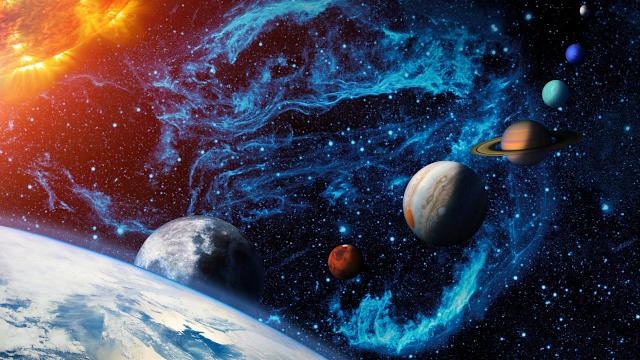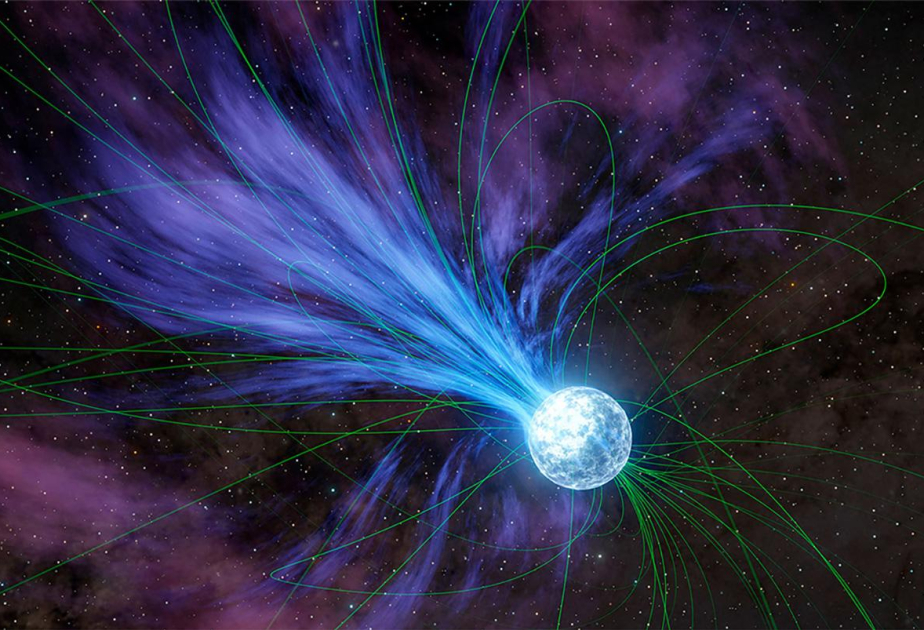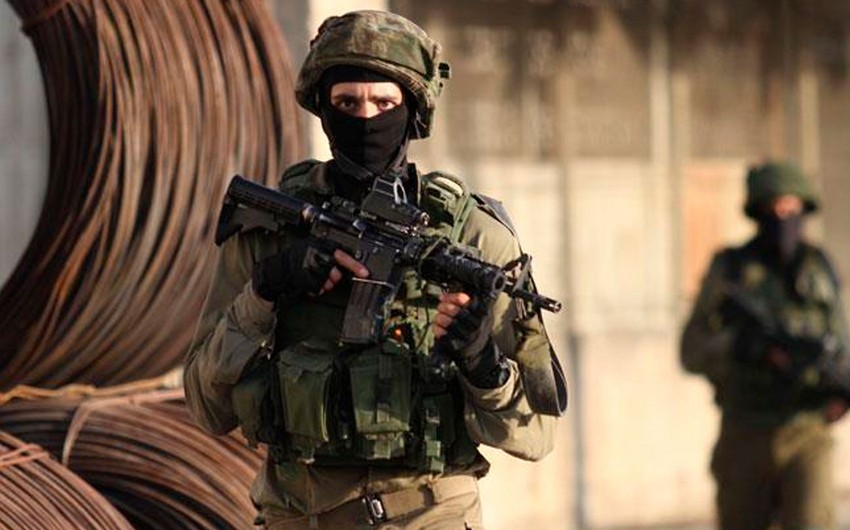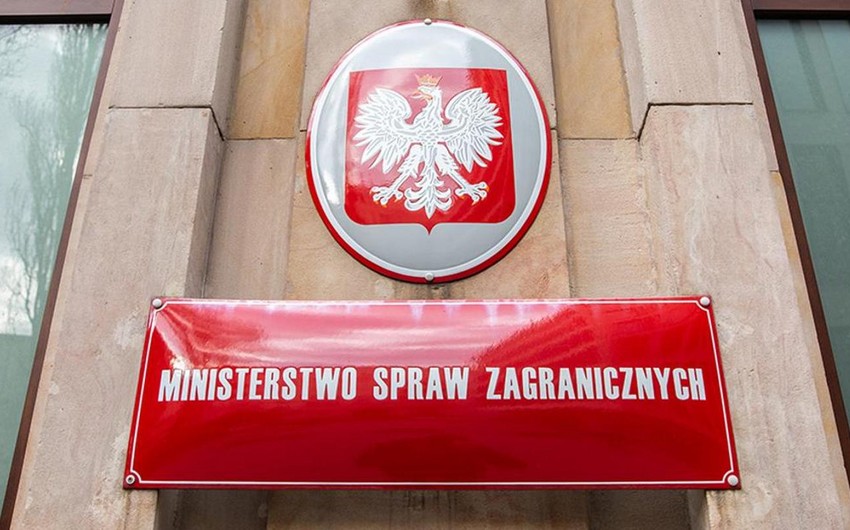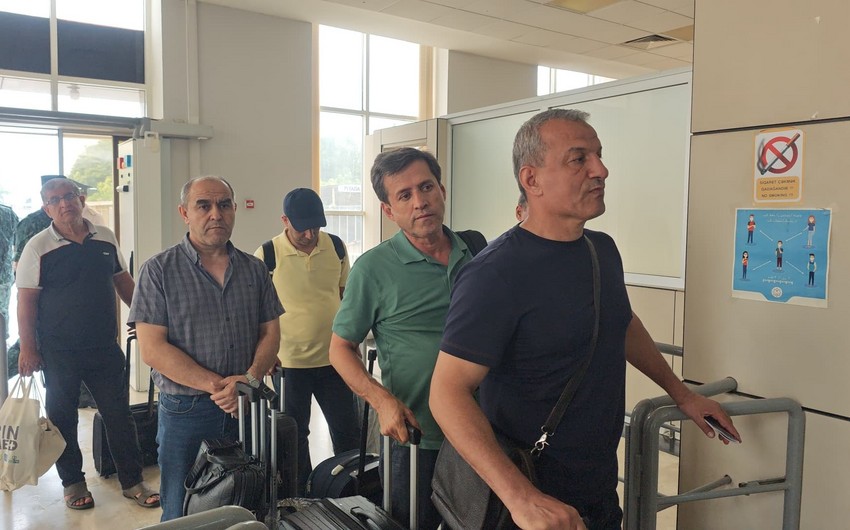NASA says, there is a small chance a recently spotted asteroid could collide with the Moon. Studying it can inform our understanding of the Earth's past and our future.Each year, according to Nasa, a chunk of rock the size of a car hurtles through space on a collision course with our planet. Fortunately, thanks to the Earth's atmosphere acting as a natural shield, instead of crash landing on the ground, the asteroid burns up and produces an impressive light show, streaking across the sky as a meteor or fireball. Unfortunately, other, much larger asteroids have the potential to be far more threatening than entertaining. "Asteroids come in all sizes," says Michael Küppers, a planetary scientist for the European Space Agency .The really big ones or so asteroid that we think led to the extinction of the dinosaurs, happen maybe once every 100 million years.
The asteroid 2024 YR4, which was discovered in December 2024, has been making headlines around the world recently. It was initially estimated to be around 40-90m wide, arger than a 12-storey building. In January this year, the ESA calculated the rock's trajectory and initially predicted that there was a 1.2% chance of impact with Earth on 22 December 2032.This officially crossed the comfortable threshold of risk for a near-Earth object-1%- and triggered the need for investigation by several planetary defence organisations, as well as the US President and US Congress.
Luckily YR4 is not large enough to be capable of making our species extinct but it could still be a "city killer", according to some experts, if it is at the upper end of the estimated size range and landed in a heavily populated area.
In February 2025, the risk of the asteroid hitting the Earth briefly climbed to 3.1% or one in 32. Luckily, humanity managed to avoid mass panic and the risk has since reduced to a more reassuring 0.001%.
Then in April 2025, Nasa released details of new observations of YR4 from the James Webb Space Telescope, estimating it to be slightly smaller than first thought – around 53-67m, or about the size of a 10 story building. But Nasa's Centre for Near Earth Object Studies also updated the chance of YR4 hitting the Moon – on 22 December 2032- to 3.8% from 1.7% that was predicted at the end of February 2025. Even with this small increase in the chance of a collision with the Moon, it is not big enough to alter the Moon's orbit, they said. So, where did this asteroid come from in the first place? And how concerned should we be about a similar scenario emerging in the future?
These ancient rocky remnants are sometimes referred to as minor planets. Often irregular and cratered, they can also be spherical. They can spin slow, fast or tumble. Usually solitary, they can sometimes be found in pairs (binary or double asteroids) and some even have their own moon. Nasa's Jet Propulsion Laboratory's website keeps tabs on their numbers and at the last count there are over 1.4 million in our Solar System. The majority are located within the asteroid belt between Mars and Jupiter but millions more are too small to be detected.
Most of the time these asteroids remain restrained within that interplanetary belt by Jupiter's gravitational field, unable to coalesce into a larger body. But occasionally another asteroid or the influence of Jupiter's gravity can nudge some into another orbit around the Sun, towards the inner Solar System.
The brighter the asteroid, the bigger it will be. But its colour also affects the brightness as a small white asteroid might reflect more light than a much larger dark one. It's not an exact science, which is why YR4's size was initially estimated at 40-90m wide. The more information we have, however, the more precise that number will becomes.
A team at Nasa and an ESA team will be using the James Webb Space Telescope to take infrared observations of YR4," says Fast. These measurements of an asteroid's thermal emissions "may be helpful for constraining that size range", she adds.YR4, in common with most asteroids, is from the asteroid belt. "Which part of the belt is hard to tell," says Fitzsimmons.One clue that we have is a spectrum of its surface." By examining the intensity of light emitted over a range of wavelengths, specific materials on the surface of the asteroid can be identified.YR4 is a rocky asteroid that's deficient in lighter elements such as carbon, which tells us that it probably came from the inner asteroid belt," says Fitzsimmons.
Asteroids are not all the same either. "There are different populations," says Fast. "Some are stony, some are carbonaceous and some have metallic content depending on the parent bodies they came from."
While there are rare types of asteroids, more than three out of four are carbonaceous, or C-type, and contain carbon, appearing black as coal. The rest are mostly S-type or silicaceous – a mix of metal and silicate crystals – or metallic or M-type asteroids, which contain predominantly iron and nickel. One asteroid scientists are particularly interested in is – a large, metal-rich rock the shape of a potato, which inhabits the Solar System's main asteroid belt. It's thought this asteroid could be up to 95% nickel and iron, which is similar to the Earth's core. Studying it will therefore increase our understanding of how our own planet formed. Nasa's Psyche mission is currently on its way there and is due to arrive in August 2029.
The level of damage also depends on the asteroid's structure. "If you know more about the structure of these objects," says Fitzsimmons, "then you can calculate more accurately what happens when it hits the Earth's atmosphere.Most asteroids below 10km across are almost all either heavily fractured solid objects or rock piles – smaller fragments of asteroids grouped together mostly by gravity."
Does this mean a rubble pile asteroid would be more likely to burn up in the atmosphere and therefore be less dangerous? "Unfortunately not," says Fitzsimmons. "If an asteroid is hitting the Earth at 17km per second (over 38,000 mph), it's in the atmosphere for less than 10 seconds before it reaches impact."
At the moment we don't know if YR4 is one solid object or whether it's a rock pile, but an air blast could have been significant considering what happened in 2013. A fireball – which is what an asteroid is called once it enters Earth's atmosphere – exploded about 14 miles above the city of Chelyabinsk in Russia. Eyewitnesses described the light as brighter than the Sun, and the blast's shockwave damaged over 4,000 buildings and injured 1,200 people.
The US OSIRIS-REx mission (Origins, Spectral Interpretation, Resource Identification and Security–Regolith Explorer) collected dust and rocks from asteroid Bennu and returned them to Earth in 2023. Earlier this year, the first in-depth analysis of the samples' minerals and molecules were published. It included finding 14 of the 20 amino acids used by life to make proteins on Earth. The spacecraft, renamed OSIRIS-APEX, is now on its way to explore asteroid Apophis.
All these missions, and more, have allowed scientists to study the composition and particle size of several asteroids, as well as the magnetic properties of samples to inform our understanding of the Solar System's early magnetic field. But there is another reason for studying asteroids, brought home by the concerns over YR4: to protect our planet.
In 2022, Nasa's Dart (Double Asteroid Redirection Test) mission deliberately aimed itself at a harmless – from the Earth's point of view – binary asteroid system consisting of asteroid Didymos and its smaller orbiting asteroid or moonlet, Dimorphos. The spacecraft used itself as a kinetic impactor, targeting Dimorphos at around 22,530km per hour. This was Nasa's first test to see if it could deflect an asteroid's path and it was a success. After impact, Dimorphos' orbit was altered. Does this mean, in future, that Nasa asteroid missions will focus on planetary defence rather than understanding more about the science?
"We're very much interested in both," says Fast, "and it's a really good partnership. The planetary defence coordination office at Nasa sits inside of the planetary science division because there is so much asteroid science involved in it. We want to protect the planet but we also want to study these amazing leftovers from the formation of the Solar System, both to understand the history of the Solar System and to see what the effects might be should they impact, or should we need to deflect one in space."
Madina Mammadova\\EDnews


